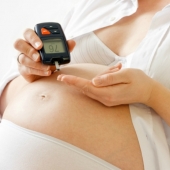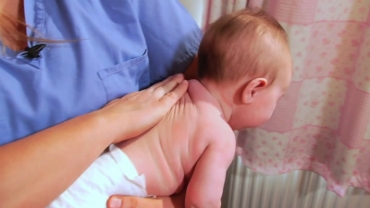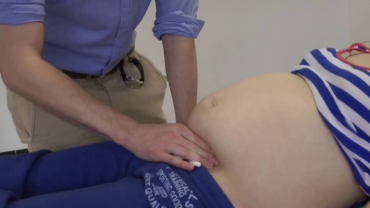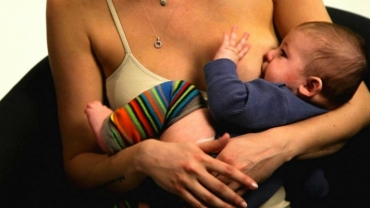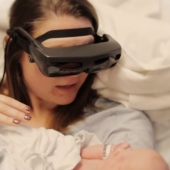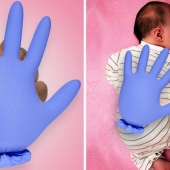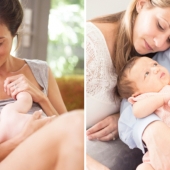Bumps and bruises are an inescapable part of childhood. Yet a light injury is only one step away from a dangerous fracture. To protect your kids follow the principles of child safety. Keep in mind that the most important rules you need to follow are about behavior in the car as it's the most dangerous mean of transportation.
1. In a Car
• A child can sit in an adult chair only if their height exceeds 4'6" and they weigh at least 70.8 lbs.
• Seats for children under the age of 2 should be set against the car movement.
• The upper part of the belt must pass over the child's chest and shoulder, and the lower part should lie on the hips.
• Keep hot food and anything that can move during breaking away from the child.
2. Cycling
• Be sure to buy a helmet as well.
• Children's clothes while riding should be bright.
• Bicycles must be equipped with front and rear light sources.
• Teach them to engage in eye contact and give hand signals to both drivers and pedestrians.
3. "W" Sitting Position
• This position may cause serious orthopedic problems.
• The most effective way to prevent your kid from W-sitting is to prevent it from becoming a habit.
• Anticipate it and catch it before your child starts sitting in this position.
• If you do see your kids in "W" position, consistently encourage them to adjust to a different position.
4. By the Water
• Drain the tub immediately after you finish all bath procedures.
• Open water should be fenced in because the child could fall in and drown.
• In fact, 47% of drowned children aged from 10 to 17 had swimming skills.
• As a rule, tragedies in the water takes place silently and within a minute. Therefore, watch your child, and don't get distracted by reading books or talking on the phone.
5. Poison Prevention
• Don't try to induce vomiting or make the child wash down what they swallowed.
• More than half of all childhood intoxications are provoked by accidental medication intake.
• Never call medicine "candy" - it may provoke the child's interest in them.
• Install locks on the cabinet doors where you keep household detergents and medicine.
• Keep gadgets that contain lithium batteries away from children.
• Car alarms, clocks, remote controls, flameless, candles, laser pointers and flashlights.
6. Fire Safety
• Hide matches and lighters from your children.
• Don't hold the baby while cooking.
• Cook on the back burners, and keep hot food out of a child's reach.
• Reduce the time your child spends next to a hot stove.
• Install a smoke alarm at home.
7. Asphyxiation Prevention
• Make sure toys don't contain small parts your child can tear off and try to swallow.
• The diet of children under the age of 5 shouldn't contain round-shaped solid foods.
• Keep wires and cords away from your child, their cribs, playpens, and toys.
• From time to time, walk on all fours.
• Go to chest compression and artificial respiration courses to perform CPR.
8. Fall and Injury Prevention
• Install certified safety gates in your house.
• Always buckle children when using high chairs or carriers.
• If your child moves around the house and a baby walker, make sure they stay away from stairs, heating appliances, and wires.
• Put security bars on your windows. They must be provided with emergency release devices in case of fire.
• Ensure secure fixing of furniture and any other things that can tip and fall.
9. Sleep Safety
• A baby should sleep on their back.
• Don't use quilted blankets with lace.
• A sleeping baby should be free from scarves, clothes, hats with ties, bibs, pacifiers, or toys with strings.
- 11379 views

